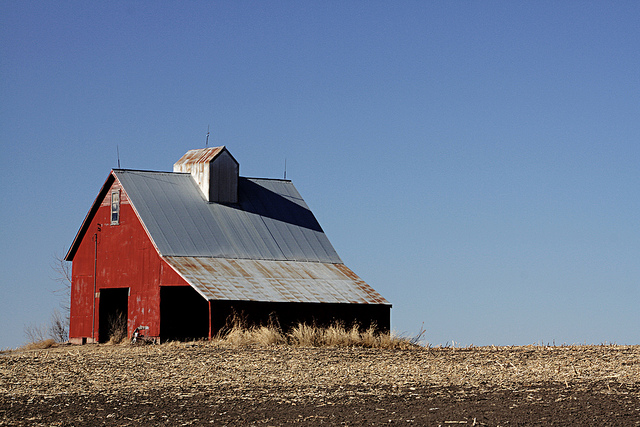
Because nuclear fusion.
Okay, the actual answer is simply because red paint has long been a cheap color to buy. But, explains Google engineer Yonatan Zunger, there is some really interesting physics lurking in the background of that price point.
What makes a cheap pigment? Obviously, that it’s plentiful. The red pigment that makes cheap paint is red ochre, which is just iron and oxygen. These are incredibly plentiful: the Earth’s crust is 6% iron and 30% oxygen. Oxygen is plentiful and affects the color of compounds it’s in by shaping them, but the real color is determined by the d-electrons of whatever attaches to it: red from iron, blues and greens from copper, a beautiful deep blue from cobalt, and so on. So if we know that good pigments will all come from elements in that big d-block in the middle, the real question is, why is one of these elements, iron, so much more common than all of the others? Why isn’t our world made mostly of, say, copper, or vanadium?You can read the full story on Zunger's Google+ page. In my experience, white is another really common barn color, due to the fact that whitewash — a paint made from calcium hydroxide and chalk (which is also calcium) — is way cheap, as well. Calcium is also one of the most abundant elements in the Earth's crust ... clocking in at number 5, right under iron in the top 10. I'm sure there's some different science that accounts for the high concentrations of calcium on our planet, but the same principal applies. Cheap paint is paint made with abundant (and easily accessible) elements. And abundant elements happen because of physics.
The answer, again, is nuclear fusion.

No comments:
Post a Comment